Science
Watch live! The total solar eclipse has begun over North America.
The total solar eclipse in North America is finally underway. Over the next several hours, day will turn into night for nearly 44 million people across Mexico, the U.S. and Canada as the moon crosses in front of the sun, blocking all sunlight for a precious few minutes.
If you can't make the event in person — or want to see a zoomed-in view of the partial and total phases of the eclipse — you can tune in to NASA's live webcast of the rare celestial event right here on Live Science, starting at 1 p.m. ET.
At 9:51 a.m. local time (12:51 p.m. ET) on Mexico's western coast, skywatchers in Mazatlán will be the first to plunge into darkness as the moon fully masks the sun, marking the beginning of totality. The path of the eclipse will then cross three other Mexican cities before moving into the U.S., starting in Texas and moving on to cross or touch 14 other states. It will exit North America from Canada's Newfoundland at 5:16 p.m. local time (3:46 p.m. ET).
Those lucky enough to be within or near the 115-mile-wide (185 kilometers) path of totality will be able to witness a series of rare phenomena, including a few unique to the total solar eclipse. Here's what to expect.
Related: April 8 solar eclipse: What time does totality start in every state?
The diamond ring
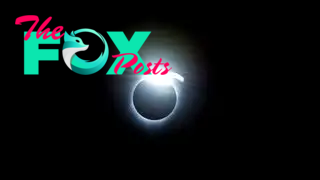
Of all the eclipse-related phenomena, the most breathtaking may be the dazzling ring of light that appears seconds before the sun's bright disk is masked by the moon. Known as the "diamond-ring effect," this event repeats as totality ends when the sun starts becoming visible once again.
Baily's beads
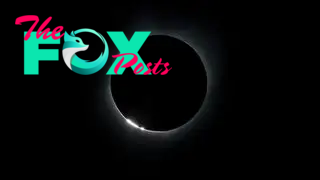
As you watch the moon's silhouette during the eclipse, you may notice a sliver of sunlight appearing to form a string of beads. Known as "Baily's beads," the bright spots are caused by sunlight shining through the mountains and valleys on the moon's uneven surface.
-

 Science21h ago
Science21h ago'We're meeting people where they are': Graphic novels can help boost diversity in STEM, says MIT's Ritu Raman
-
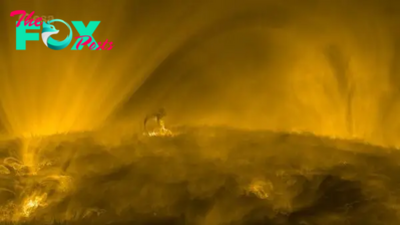
 Science22h ago
Science22h agoSpace photo of the week: A planet-size explosion rocks the sun's 'mossy' corona
-

 Science2d ago
Science2d agoChina launches Chang'e 6 sample-return mission to moon's far side
-
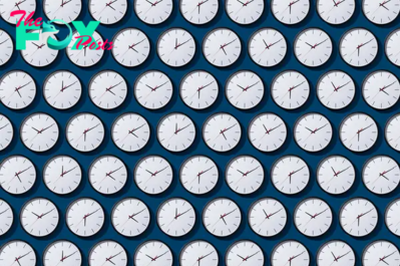
 Science2d ago
Science2d agoWe Still Don’t Fully Understand Time
-
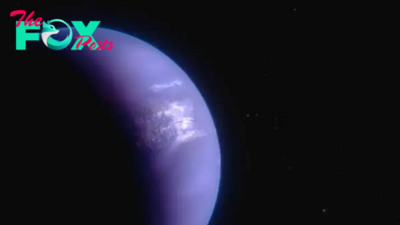
 Science2d ago
Science2d agoJames Webb telescope spots wind blowing faster than a bullet on '2-faced planet' with eternal night
-
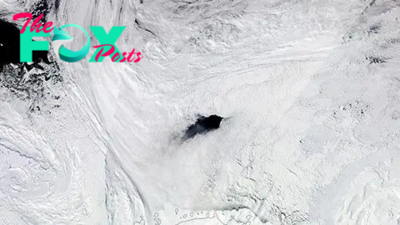
 Science2d ago
Science2d agoAntarctic ice hole the size of Switzerland keeps cracking open. Now scientists finally know why.
-
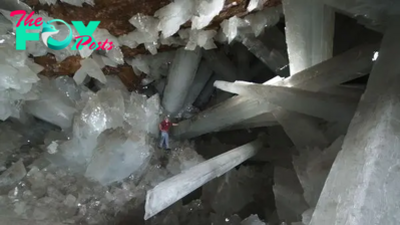
 Science2d ago
Science2d agoCave of Crystals: The deadly cavern in Mexico dubbed 'the Sistine Chapel of crystals'
-
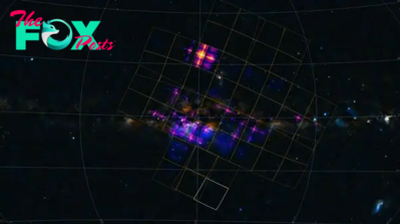
 Science2d ago
Science2d agoChina's 'lobster eye' Einstein telescope releases 1st batch of trippy space images
















